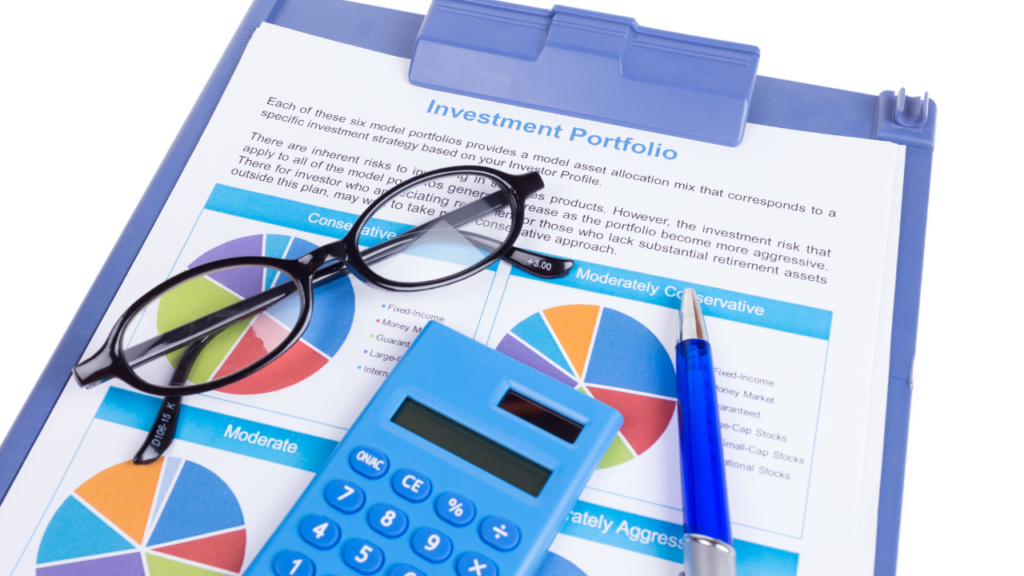
Let’s be honest, improving your Financial Life isn’t always easy. No matter how motivated you are to cut those pricey pizzas from your budget or commit to daily workouts, your enthusiasm might fade in a few days or weeks (I’m being optimistic!). Yet, we continue making resolutions, striving for a better life.
Table of Contents
Take Charge of your Financial Life:
In this blogpost, we’ll explore seven simple resolutions to enhance your Financial Life without breaking a sweat. And the best part? These aren’t just New Year resolutions, you can start them anytime, even today!
Each of these commitments involves a once-in-a-year time investment of not more than a few hours, with some taking as little as a few minutes. Dieting and exercise resolutions vary from financial resolutions in that dieting must be done on a daily basis, whereas switching to index funds or raising your investment in your PPF (Public Provident Fund) or NPS (National Pension System) may be done once and finished.
So, crossing these short financial commitments off your list may motivate you to undertake more difficult resolutions, such as going to the workout five times a week or preparing for a marathon run, etc.
1. Create your investment plan

You won’t go anywhere until you have a plan and a road map. So we’ll need to create a “investment plan statement” outlining what we’re saving and making investments for, the amount we’ll require, when we’ll need it, and how we’d like to make investments to get there.
If you are currently using an investing strategy, you should examine it at least once a year. Older plans should be updated to reflect if you are interested in alternative investments, such as gold or real estate, and how you want to deal with large price movements in the stock market. This investment plan is the guidebook on how we will invest.
2. Automate your savings and investments
The simplest method to minimise stress and maintain your investing strategy is to set your investments to be made automatically. Employer-sponsored retirement schemes, such as EPF (Employees’ Provident Fund), are set up in this manner, making it simple to save. Attempt to boost your contribution each year by allocating a percentage of your salary rise to savings.
We might also consider VPF (Voluntary Provident Fund). VPF refers to the employee’s voluntary contribution to his or her PF account. The amount paid is over and above an employee’s 12% contribution to his EPF. The maximum amount that can be contributed is 100% of the basic salary plus the Dearness Allowance. The rate at which interest or returns are earned is the same as that of the EPF.
If you get a monetary incentive or have extra money to invest, you may set up periodic automatic contributions from your bank account into NPS or other kinds of investment accounts like mutual fund SIP. Although research suggests that investing lump-sum amounts doesn’t benefit from rupee-cost averaging, if your investment outlook is long enough (more than 7 or ten years), then lump-sum investments made today will not impact your overall portfolio results, as they will level out anyhow.
3. Re-evaluate your risk tolerance

When the market is rising, people are more willing to take risks. However, in general, the bear market conveys many investors about the realities of risk. It’s an effective strategy to undertake an annual risk assessment of two crucial aspects: your risk capability, or how much safe investments you should have in relation to your whole portfolio, given your age, income, wealth; and your tolerance to risks, or how much risk you can psychologically withstand.
It is always advisable to consult with a financial professional (defined as a SEBI Registered Investment professional in my blogs) to assist you choose the best allocation for your financial situation and emotional position.
One indicator of your risk capability and threshold is your ability to sleep peacefully at night. If you are concerned about your long-term golden years’ possibilities, it may be time to evaluate the risk in your total portfolio. Increasing bonds and decreasing equities will reduce that risk. However, young investors must remember that a large equity allocation is more about gain than risk. Hence, young investors must view market declines as chances to invest.
4. Make sure you are diversified
Growth stocks have historically outperformed value stocks during the last the past ten years. However, no one can foresee when such trends will reverse, which is why diversification is important.
Last year’s victors may likely be failures next year. The entire point of diversification is that while some people go zig, others go zag. As a result, we must be adequately balanced or diversified and have a proportionate allocation to all asset types. As previously said, you must establish a risk tolerance pattern for yourself and then invest your funds depending on that theme. For example, it may be 50% equities, 20% bonds, 20% real estate, and 10% gold (this is not a recommendation; it is just an example).
5. Rebalance your portfolio

One day every year, you should gather down and rebalance your investment holdings. Add up all of your investments by asset type–say, stocks, bonds, and cash–and reorganise them with the allocation percentages outlined in your investment plan. Investors should exercise caution if they have been making investments at more than one intermediary or brokerage firm, and they should examine and rebalance their overall portfolio.
Rebalancing your portfolio simply entails adjusting your allocation to the various asset classes in accordance with your investing strategy and risk appetite. For instance, if your investment plan is to invest 70% in stocks and 30% in bonds, and if in the year, stock market has increased in value, and your portfolio currently weighs at 80% stocks and 20% bond, now you need to downsize some stock holdings and invest them in bonds so that the proportion comes back again to 70% stocks and 30% bonds.
6. Always have a check on your investing costs
Since 1998, fund houses have cut mutual fund costs by roughly half a percentage point every year. Regardless of at this remarkably low cost, you’ll spend about Rs. 20,000 in fees over 20 years on a Rs. 1,00,000 investment that grows at a 7% annualised rate.
Examine yearly, the expense ratios paid to each mutual and exchange-traded fund you own. Certain funds would have increased their fees. For example, several ETFs that debuted with a brief fee waiver may be reintroducing them. Index funds, which track the performance of broad indexes, often impose less than 0.1% in fees, but more-specialized funds frequently charge more in fees. Small-company stock funds, for example, demand more fees than large-company funds because smaller-company equities are more challenging to study and trade. Hence, it is recommended that investors revisit and assess the costs and advantages of the offerings they receive from their brokerages and AMCs on a yearly basis.
7. Ignore the short-term noise

This is the final resolution, however it is a critical one that must be complied with or else all of the other resolutions would be null and void. You are not a day trader, but rather a long-term investor. Switch off stock market news channels and quit stressing over short-term market movements. While it is important to stay up-to-date many financial news broadcasts are geared to exploit people’s feelings.
If you want to discover about the subject of investing, books like “Just Keep Buying” by Nick Maggiulli or “The Little Book of Common-Sense Investing” by John C. Bogle are good places to start. But do not waste your time and become anxious by seeing those finance news channels or by constantly seeing the stock ticker of the equities that you have invested in.
You can also check out my other blogpost on the Top 30 Money Steps for a healthier Financial Future.
Do Follow me on Linkedin and Quora for more insightful posts on personal finance, money management, debt management, investments and much more.






What’s up i am kavin, its my first time to commenting anywhere, when i
read this post i thought i could also make comment due to this sensible post.